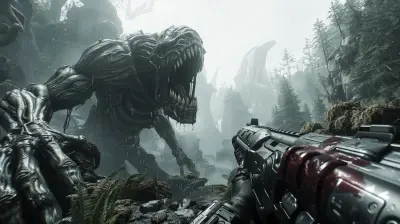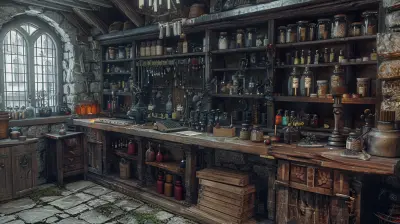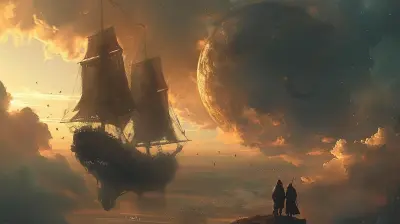The Evolution of MMO Communities: How Players Adapt and Thrive
27 May 2025
Massively Multiplayer Online (MMO) games have come a long way from their humble beginnings. If you’ve been around long enough to remember the early days of text-based MUDs (Multi-User Dungeons), you’ve probably witnessed the staggering transformation of MMO communities. These are not just gaming spaces—MMOs have become thriving social ecosystems where players connect, compete, and cooperate.
But how exactly have these communities evolved? And more importantly, how do players continue to adapt and thrive in ever-changing virtual worlds? Let’s dive into the story of MMO communities, the challenges they’ve faced, and how players have kept the magic alive.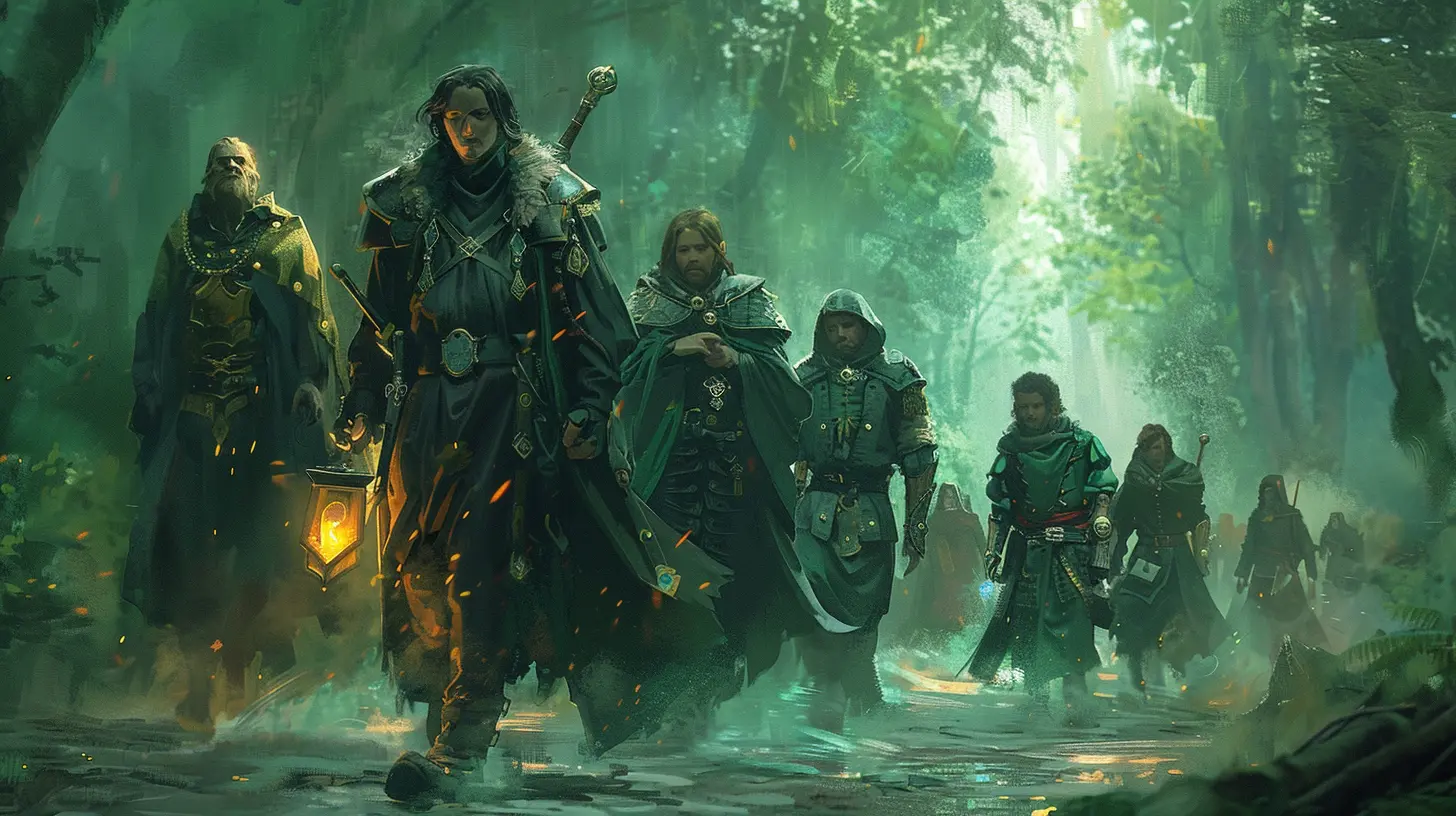
A Walk Down Memory Lane: The Birth of MMO Communities
Before we had sprawling open worlds like Azeroth or Eorzea, there were MUDs in the late 1970s and 1980s. These text-based multiplayer games might look primitive to us now, but back then, they were groundbreaking. Imagine typing out your actions and waiting for a textual response. It was slow, sure, but the magic was in the people you played with.Early MMO communities revolved around cooperation. Since the games lacked the kind of hand-holding we see today, players had to rely on one another. Whether it was solving puzzles, fending off enemies, or simply navigating the text-based labyrinths, teamwork was key. It was less about the game itself and more about the friendships forged in those virtual spaces.
Fast forward to the 1990s, and graphical MMOs like Ultima Online and EverQuest burst onto the scene. These games gave players a shared world to explore with others who felt just as invested. Suddenly, you weren’t just staring at text—you were a character, moving through a persistent world with thousands of others. And with this sense of immersion, the dynamics of MMO communities started to grow in complexity.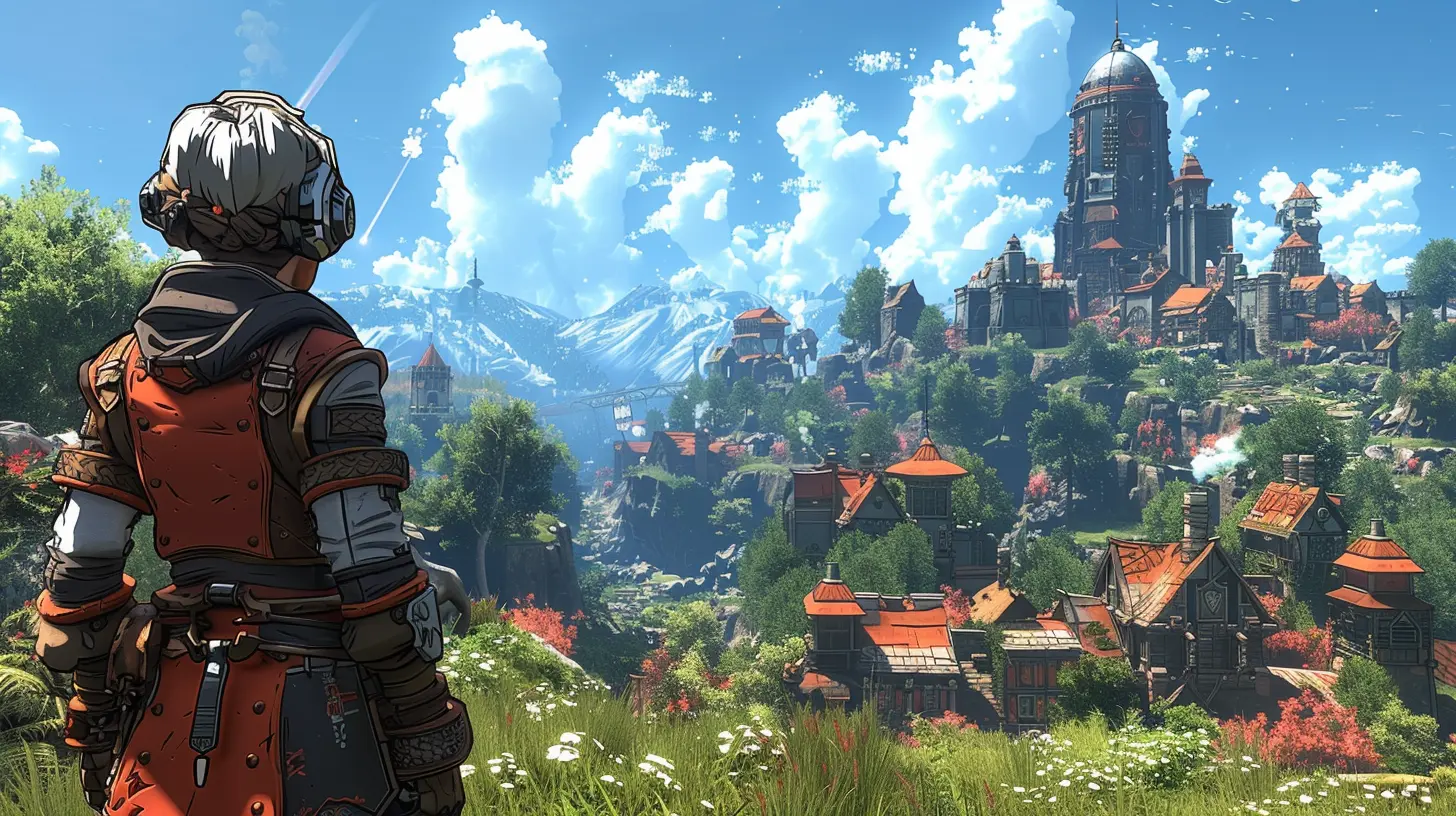
The Golden Age: Social Structures in MMOs
The early 2000s were a golden age for MMOs, with titles like World of Warcraft (WoW), Runescape, and Lineage II dominating the scene. These games didn’t just give players something to do—they gave them somewhere to belong. Guilds, clans, and factions became the backbone of MMO communities.Think about it: Guilds weren’t just about strength in numbers. They became social hubs where people shared stories, helped each other gear up, and even formed real-world friendships. But it wasn’t all sunshine and rainbows. Let’s not forget the drama—because when you throw dozens (or hundreds) of people into a tight-knit group, there are bound to be some heated arguments when loot drops don’t go as planned, right?
One fascinating thing during this era was the rise of roles within communities. Leaders emerged—those players who organized raids, managed conflict, and kept everyone motivated. Then you had the healers, tanks, and damage dealers, not just in terms of gameplay but also in how they contributed to the community’s balance. This mirrored real-world societies in surprising ways!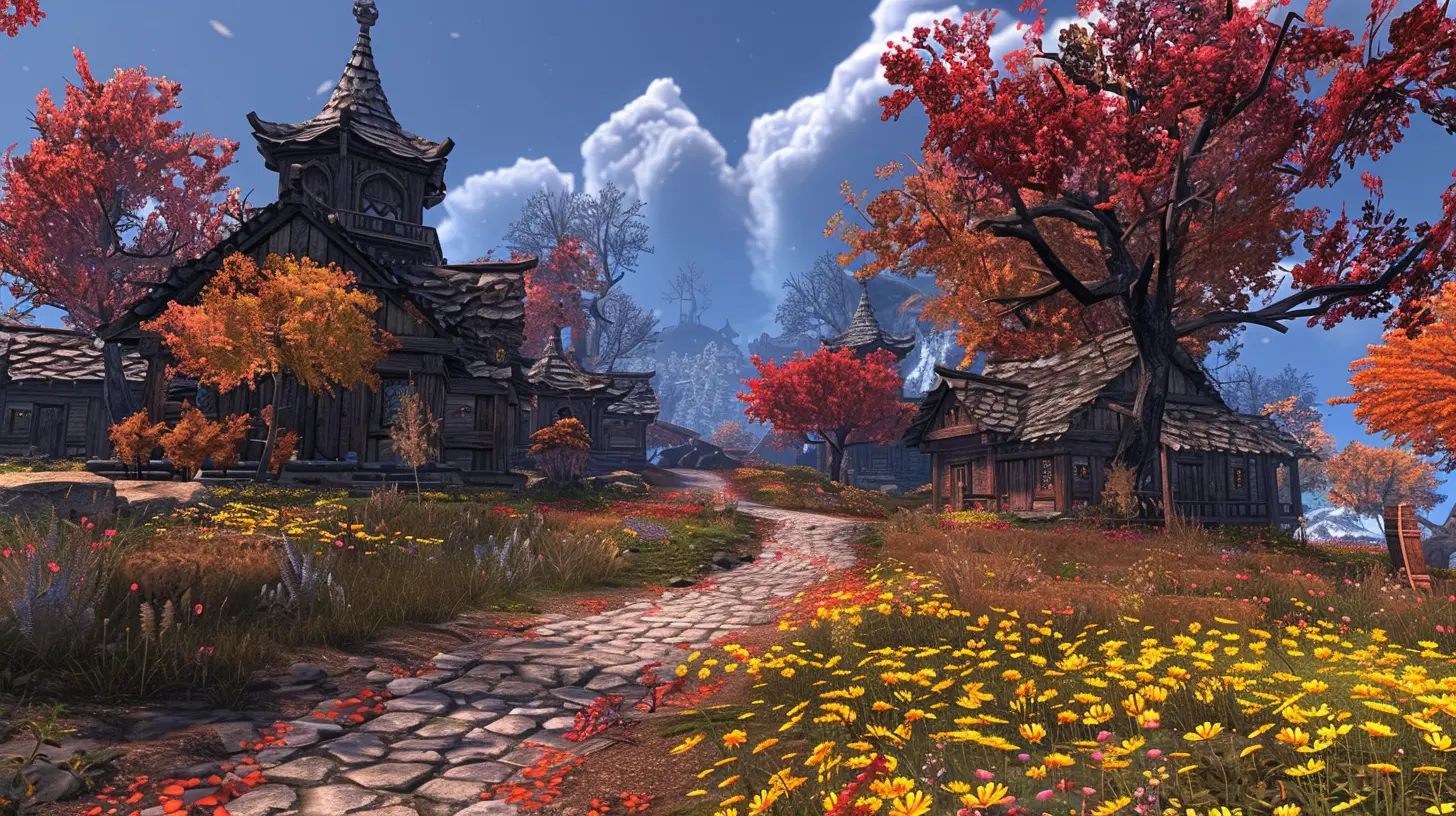
The Impact of Technology on MMO Communities
As technology evolved, so did MMO communities. Voice chat platforms like TeamSpeak, Ventrilo, and later Discord made communication instant and immersive. No more typing furiously mid-battle—now you could talk to your teammates in real time. This completely changed how players interacted. It made strategic gameplay more seamless, sure, but it also strengthened bonds. Hearing someone’s voice does that, doesn’t it?Graphics improved, servers got bigger, and the internet became faster. Suddenly, MMOs could connect millions of players from every corner of the globe. This globalization added a new layer of complexity to communities. Language barriers? Culture clashes? Time zone differences? Yup, they all became factors to consider when interacting with other players. And yet, instead of breaking apart, communities grew stronger by finding creative ways to overcome these hurdles. 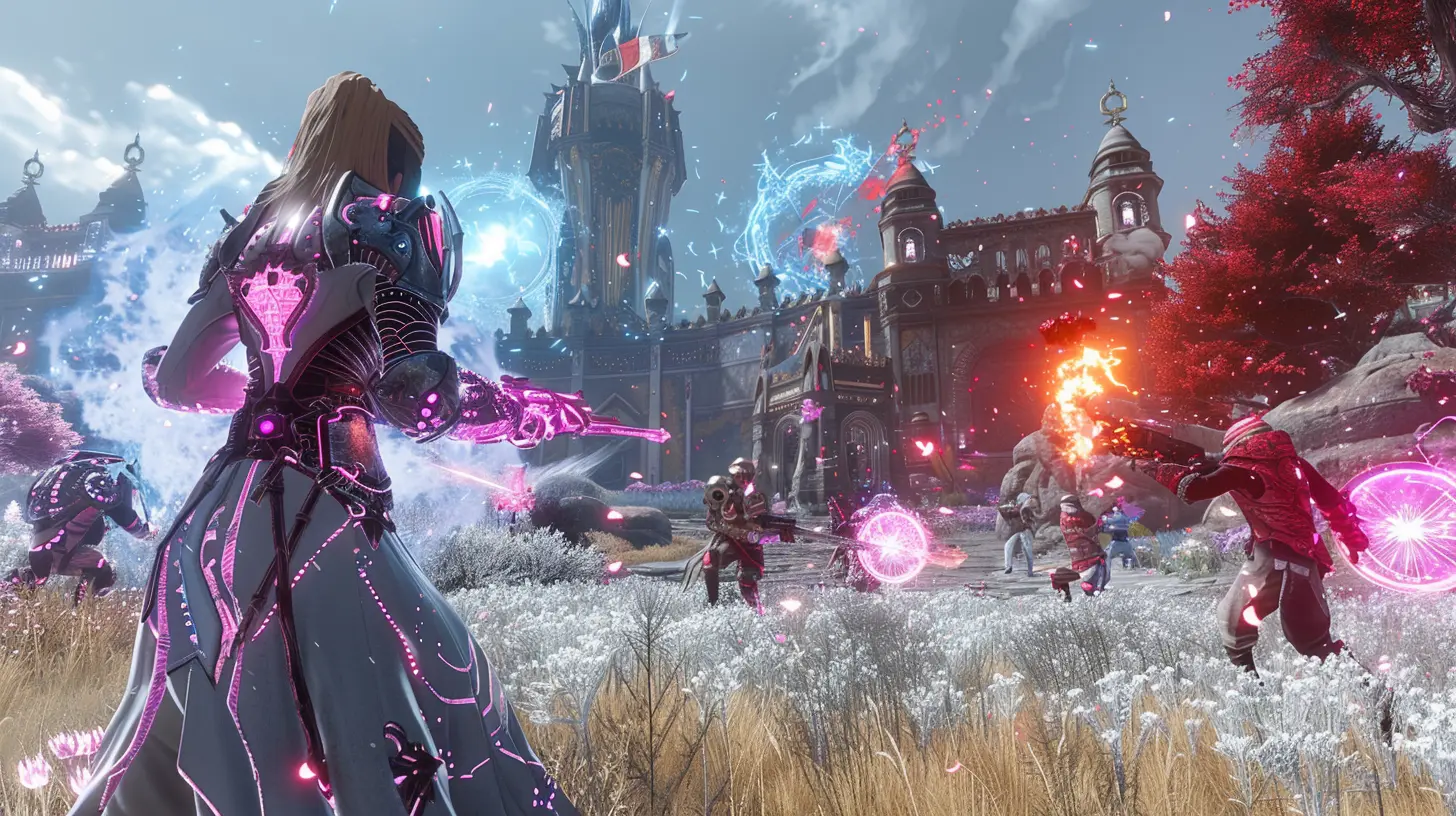
The Shifts in Player Behavior: From Competition to Collaboration
One of the most significant changes in MMO communities has been how players interact with one another. Early MMOs often thrived on competition—PvP (Player vs. Player) battles were the highlight for many. But over time, we’ve seen a shift toward collaboration. Why? Part of it might be that MMOs have leaned more heavily into PvE (Player vs. Environment) content, where teamwork is essential.But it’s deeper than that. Players realized that working together often led to better rewards, whether in the form of loot or lasting friendships. Cooperative gameplay became the norm, with players banding together to tackle massive raid bosses, construct in-game cities, or even create entirely player-driven economies.
That said, let’s not pretend competition is dead. If you’ve ever been ganked while gathering herbs in World of Warcraft, you know PvP is alive and well. But even then, rivalries often evolve into mutual respect—or at least hilariously petty grudges that spice things up.
Adapting to Change: How MMO Players Evolve
MMOs are constantly evolving. Developers drop expansion packs, change mechanics, or even shut down servers altogether (RIP City of Heroes). So how do players adapt?For starters, MMO communities are incredibly resilient and resourceful. When developers make unpopular changes (looking at you, auction house updates), players don’t throw in the towel. Instead, they create guides, mods, and forums to work around the changes. Subreddits like r/MMORPG and niche Discord servers have become lifelines for players to share tips, vent frustrations, and recruit for raids.
Another way players adapt is by embracing role-playing. Not everyone plays MMOs to max out their DPS or collect achievements. Some players are there for the storytelling. Role-playing communities carve out unique spaces within games, creating everything from taverns and marketplaces to full-blown in-game governments. It’s like improv theater but with more dragons.
And when a game finally shuts down? The community doesn’t just vanish. Players often migrate together to similar games or set up private servers to keep their virtual worlds alive. It’s bittersweet, but it’s a testament to how tight-knit MMO communities can be.
The Rise of Modern MMO Communities: From Streamers to Solo Players
The MMO landscape looks very different today than it did a decade ago. With the rise of streaming platforms like Twitch, some MMO players have built massive followings. Streamers act like community leaders, creating fanbases that extend far beyond the game itself. Ever find yourself watching someone else play an MMO and feeling just as invested? That’s the power of modern MMO communities.But there’s also been a noticeable shift toward catering to solo players in MMOs. Not everyone wants to join a guild or raid with 30 people. Some folks want to log in, play for an hour, and log off without having to commit socially. Developers have responded by adding solo-friendly content—think instanced dungeons or simplified questing systems. At first glance, this might seem like it’s pulling players apart, but really, it’s just expanding the ways people can enjoy MMOs. And hey, even the solo players occasionally team up when they need to, right?
The Future of MMO Communities
So, what’s next for MMO communities? With the rise of technologies like virtual reality (VR) and artificial intelligence (AI), the possibilities are endless. Imagine walking through a bustling marketplace in VR, haggling with an NPC that learns your preferences over time. Or AI-driven tools that help guilds recruit the perfect members based on playstyle and personality.But one thing’s for sure: No matter how advanced MMOs become, the heart of these games will always be the players. The connections we make, the memories we share, and the adventures we embark on together—those are timeless.
In the end, MMO communities are like ecosystems. They adapt, they evolve, and they thrive, no matter the challenges. And as long as there are gamers out there who crave connection and collaboration, MMO communities will continue to flourish.
all images in this post were generated using AI tools
Category:
Massively Multiplayer OnlineAuthor:

Tina Fisher
Discussion
rate this article
3 comments
Delilah Tucker
What an exciting journey! It's amazing to see how MMO communities evolve and flourish, bringing players together in such vibrant ways! 🎉
June 16, 2025 at 2:54 AM

Tina Fisher
Thank you! It’s incredible to witness the growth of these communities and the connections they foster among players. 🎮✨
Georgina Holland
Community drives MMO success!
June 6, 2025 at 2:41 AM

Tina Fisher
Absolutely! A strong community fosters collaboration, engagement, and loyalty, which are key to an MMO's longevity and success.
Reese McLanahan
MMO communities: where teamwork is essential, drama is a side quest, and memes are the ultimate loot!
June 1, 2025 at 3:47 AM

Tina Fisher
Absolutely! MMO communities embody the essence of collaboration, resilience, and humor, continually evolving as players navigate both challenges and camaraderie.
